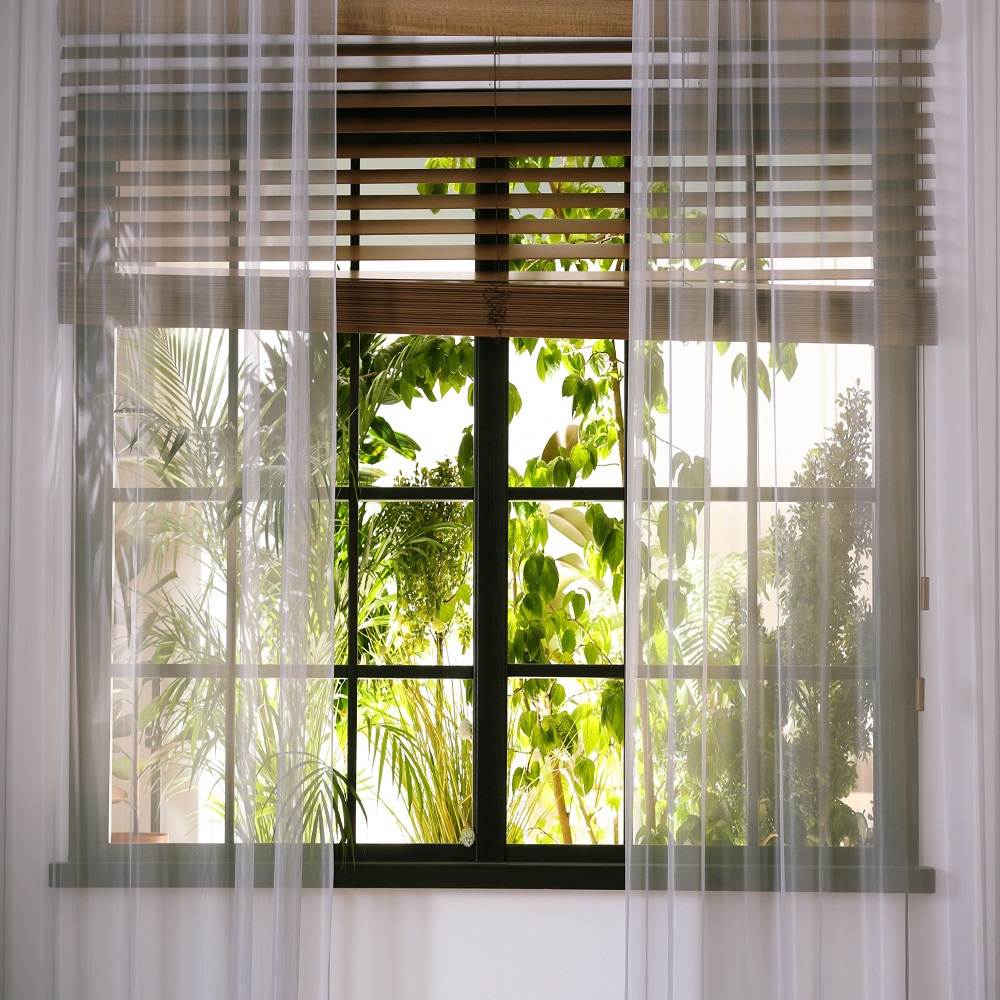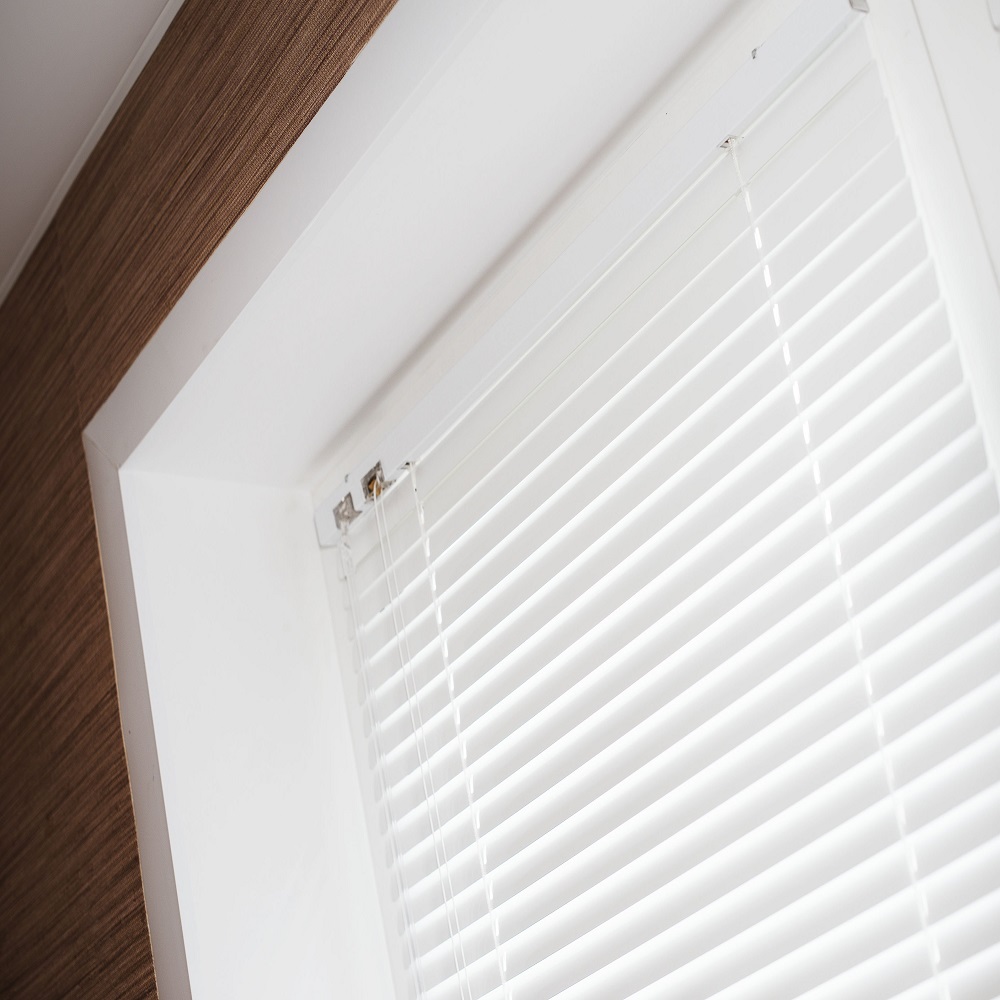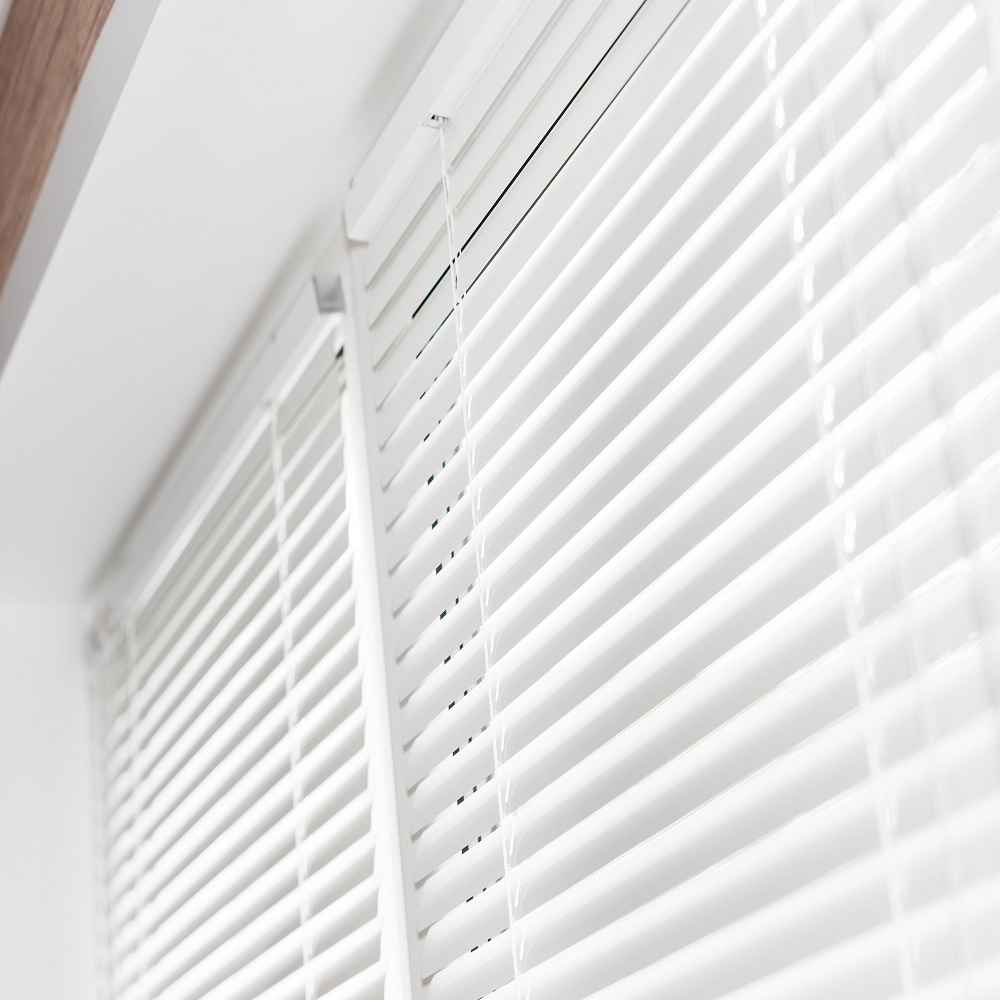Introduction
Proper blinds orientation is an essential aspect of interior design that not only enhances the aesthetic appeal of your living or working space but also plays a crucial role in achieving optimal light control, privacy, and energy efficiency. Depending on the type of blinds you have, the direction they face can significantly impact how much natural light enters the room, how well they insulate against heat or cold, and even their durability over time. In this article, we will explore the ideal blind orientation for various types of blinds to ensure you make the most of your window treatments.

Horizontal Blinds (Venetian Blinds)
Horizontal blinds, commonly known as Venetian blinds, consist of slats that can be tilted to adjust the amount of incoming light. For these types of blinds:
- For Maximum Light Control: When you want to let in a significant amount of light while maintaining some level of privacy, angle the slats upwards towards the ceiling. This position allows light to diffuse into the room without direct glare and still offers a view outside while obscuring visibility from the outside in.
- To Block Out Light: To achieve maximum darkness, close the blinds completely with the slats facing downwards, ensuring they overlap slightly to minimize light seepage. This orientation is perfect for bedrooms during daytime naps or home theaters.
- Energy Efficiency: During summer, tilting the slats upwards can help reflect sunlight away from the room, reducing heat gain and cooling costs. In winter, tilting them downwards can help retain warmth by allowing sunlight to enter directly.
Vertical Blinds
Vertical blinds are typically used for larger windows or sliding glass doors. Their orientation is less about tilting and more about the direction they open:
- Light Control and Privacy: The panels should be drawn to the side opposite the dominant light source to allow light in while controlling glare. If privacy is a concern, ensure the panels overlap slightly when closed.
- Energy Efficiency: Similar to horizontal blinds, adjusting the panels according to the season can improve energy efficiency. In summer, having the panels open from the side receiving direct sunlight can help reduce heat gain. In winter, opening them towards the sun can maximize solar heat gain.
Day/Night Cellular Shades (Honeycomb Shades)
Day/night cellular shades feature two layers of fabric cells that can be independently adjusted:
- Daytime Use: For optimal light diffusion and view while maintaining privacy, lower the shade so the sheer or light-filtering fabric faces outward, allowing soft light in while blocking the view from outside.
- Nighttime or Privacy: Rotate the shade so the blackout fabric layer faces outward to block out light completely, providing a dark environment suitable for sleeping or media viewing.
Roman Blinds
Roman blinds fold neatly when raised and lay flat when lowered. Their orientation is fixed but can still offer light control through material choice:
- Material Consideration: Choose lighter fabrics for filtered light or lined, heavier materials for complete blackout. Depending on the desired effect, you can orient your room’s layout to take advantage of natural light without compromising privacy.
Factors to Consider
- Room Orientation and Window Placement: South-facing windows receive more direct sunlight throughout the day, requiring different blind orientations compared to north-facing ones.
- Seasonal Adjustments: As seasons change, adjusting blind orientations can help maintain comfortable temperatures and lighting conditions indoors.
- Personal Preferences: Consider your lifestyle and preferences. If you work night shifts and sleep during the day, maximizing blackout capabilities might be a priority.

Understand Your Window Orientation
The first step is understanding the direction your windows face. South- and west-facing windows receive more direct sunlight throughout the day, which might require different blind positioning strategies compared to north- and east-facing windows that get softer, indirect light.
- South-facing Windows: Consider installing blinds with adjustable slats or cellular shades that can be tilted to block harsh glare while still allowing light in.
- West-facing Windows: Use blackout or room-darkening blinds for afternoon sun control or layered shades that combine sheer and opaque materials for flexible light management.
- North-facing Windows: These typically need less shading, so translucent or light-filtering blinds can maintain privacy while maximizing available daylight.
- East-facing Windows: Morning light can be gentle; sheer or semi-sheer blinds are ideal for maintaining brightness without compromising on privacy.
Choose the Right Blind Type
Different blind types serve different purposes better:
- Vertical Blinds: Perfect for wide windows and sliding doors, they can be rotated to control light and stacked to one side for an unobstructed view.
- Horizontal Blinds: Ideal for standard windows, their slats can be tilted to adjust light and privacy levels.
- Cellular (Honeycomb) Shades: Offer excellent insulation and light control with their unique cellular structure, suitable for all window orientations.
- Roman Shades: Provide a soft, elegant look with options for light filtering or blackout, great for rooms requiring variable lighting.
- Roller Shades: Simple and efficient, they can be fully raised for maximum light or lowered for privacy, with various opacity levels available.
Optimize Blind Placement
- Inside Mount vs. Outside Mount: Inside mounts fit within the window frame, providing a clean, streamlined look but may not cover the entire window edge, compromising privacy slightly. Outside mounts cover the window frame and surrounding wall, ensuring complete coverage and better light control.
- Height Adjustment: For maximum privacy, lower the blinds so the bottom aligns with the window sill or slightly below. To let in light without sacrificing privacy, angle the slats upwards, directing sunlight towards the ceiling.
Layer Your Window Treatments
Combining blinds with curtains or sheers can give you even greater control over light and privacy. Use sheers to diffuse light during the day while maintaining an open feel, and draw curtains at night for complete privacy and light blocking.
Smart Blinds for Automated Control
Smart blinds, controlled via apps or voice commands, offer unparalleled convenience in adjusting light and privacy settings. They can be programmed to open and close at specific times, responding to sunlight patterns or your daily routine, enhancing energy efficiency and comfort.
Consider Room-Specific Needs
- Bedrooms: Prioritize blackout blinds or heavy drapes for undisturbed sleep.
- Living Rooms: Go for versatility with adjustable blinds that can adapt to different activities and times of day.
- Home Offices: Opt for blinds that minimize glare on computer screens while still admitting natural light for a productive environment.

Window Orientation and Exposure
The direction your windows face and their exposure to sunlight play a significant role:
- North-Facing Windows: These typically receive soft, indirect light throughout the day. Blinds can be set to open in either direction without major concerns about glare or heat gain.
- South-Facing Windows: These get strong sunlight, especially during afternoons. Installing blinds to open upwards can help reduce heat gain and glare.
- East/West-Facing Windows: Morning and evening sunlight can be intense. Adjusting the blind direction to suit the time of day—opening east-facing blinds upwards in the morning and west-facing ones downwards in the evening—can optimize light control.
Room Layout and Traffic Flow
Consider how the blind operation might interact with furniture and foot traffic:
- Furniture Placement: Avoid situations where furniture obstructs the ability to adjust the blinds easily. If necessary, install the blinds to open in a direction that won’t conflict with furniture.
- Traffic Flow: Ensure that when the blinds are open, they don’t interfere with walking paths or door swings.
Installation Considerations
When installing blinds, keep these technical points in mind:
- Inside vs. Outside Mount: Inside mounts fit within the window frame, offering a clean look but may limit flexibility in blind direction. Outside mounts are mounted on the wall around the window, providing more control over blind direction and better light blocking.
- Mechanism and Controls: Some blind systems offer a cordless or motorized option, which can simplify operation regardless of the blind direction.
Installing Your Blinds
Follow these general steps for blind installation, adjusting for blind direction as determined by the above considerations:
- Measure Accurately: Measure the width and height of the window opening (for inside mount) or the desired coverage area (for outside mount).
- Select Mounting Hardware: Use brackets compatible with your blind type and chosen direction.
- Mark and Drill: Mark the spots for bracket installation based on your blind’s specifications, drill pilot holes, and attach brackets securely.
- Install the Blinds: Slide the headrail of the blind into the brackets, ensuring it’s level before securing it in place.
- Adjust Blind Direction: Once installed, test the blind’s operation and adjust the slat direction according to your earlier assessment.
In conclusion
The proper orientation of blinds depends on the type of blind, the window’s position, personal preferences, and the desired balance between natural light, privacy, and energy efficiency. By understanding these factors and adjusting your blinds accordingly, you can create a comfortable and visually pleasing environment in any room.
